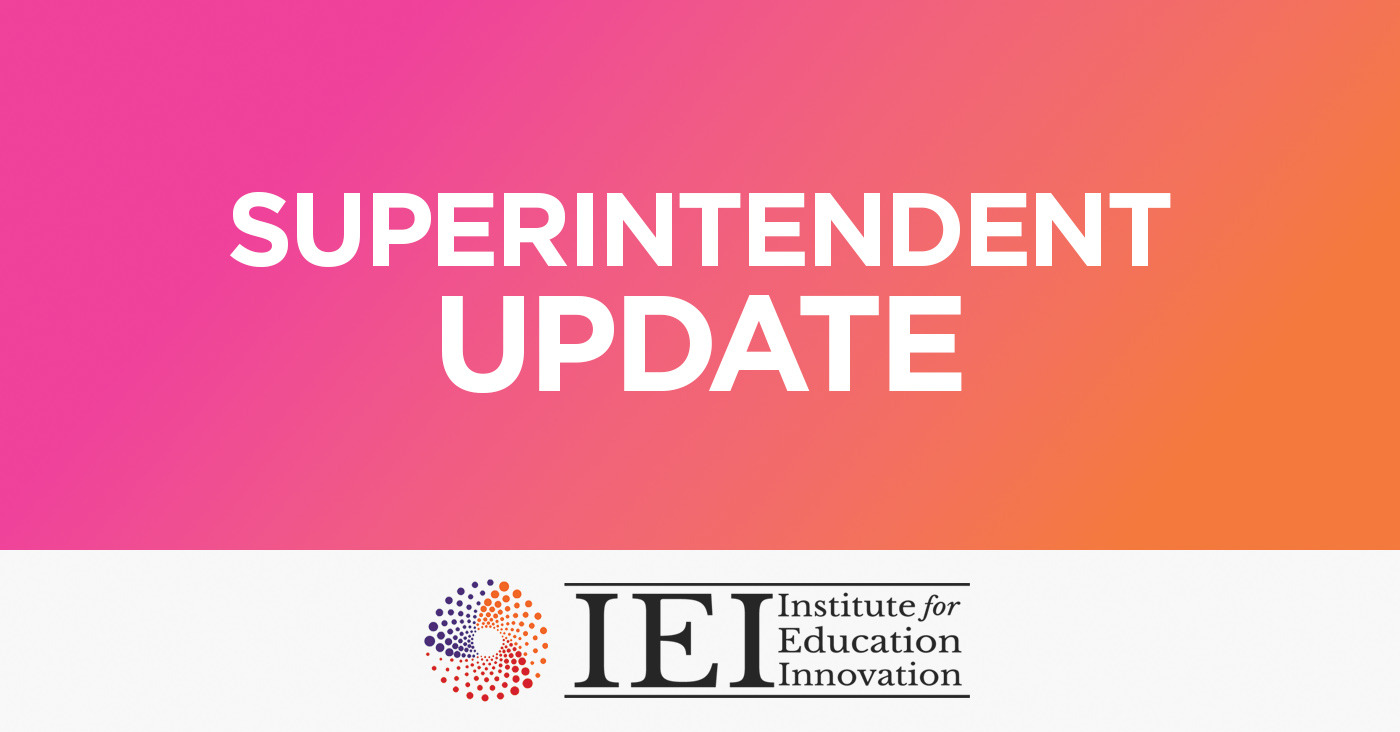3 min read
Catching Up with Superintendent Dr. A. Katrise Perera from Lancaster Independent School District in Texas!
Q: What inspired you to pursue a career in education leadership? I have been inspired by various reasons, sparked by a mentor who motivated me to...


 Michael Hayden
Michael Hayden


